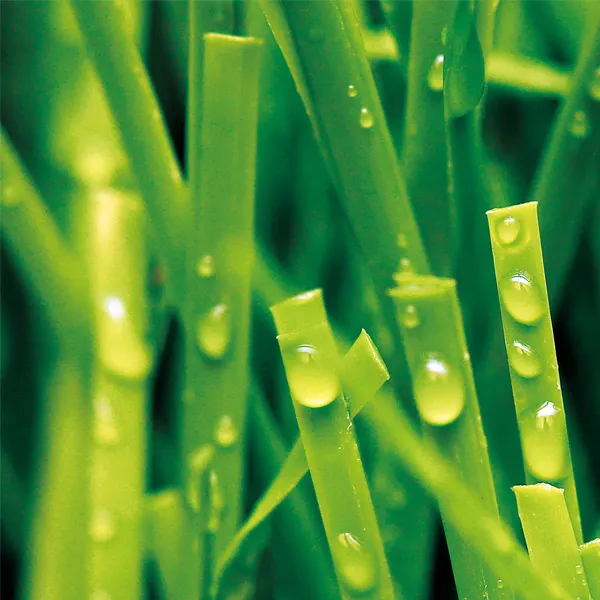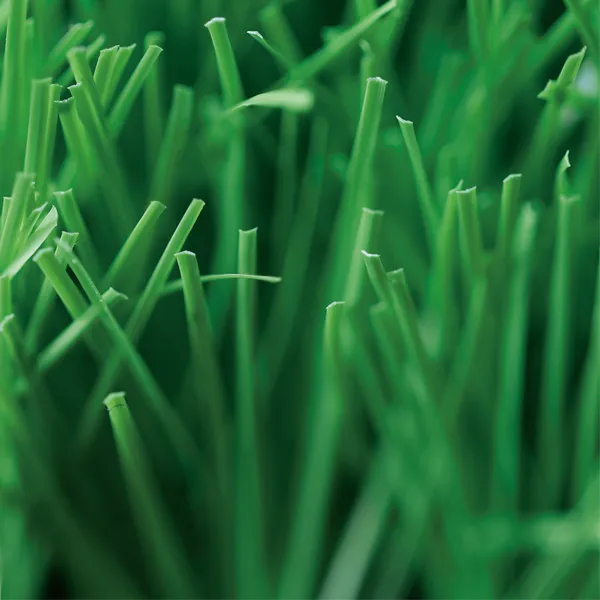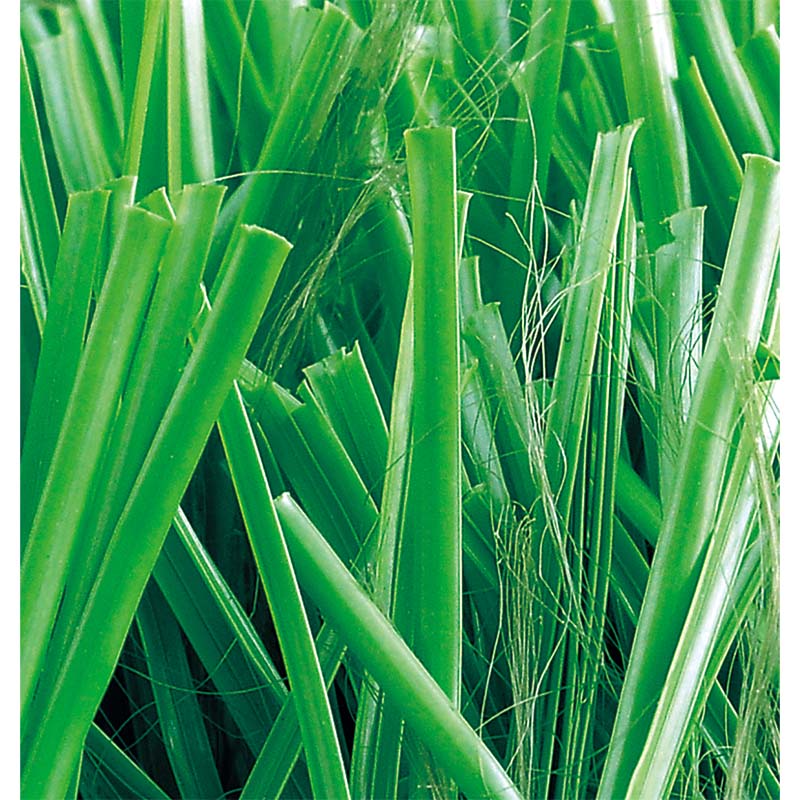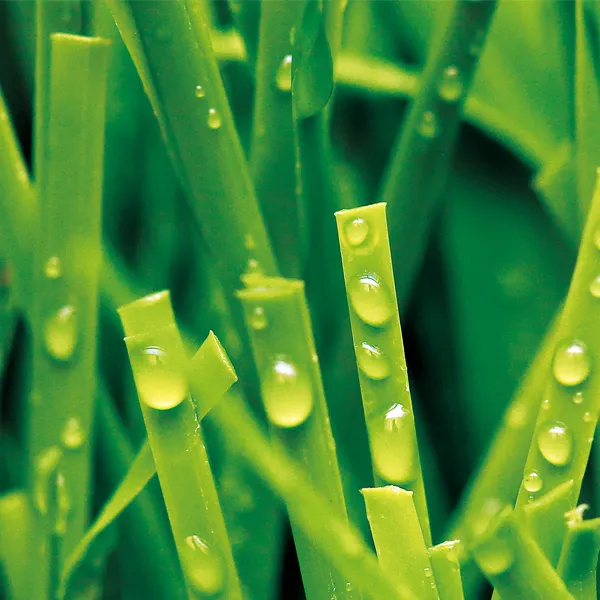The Advantages of Artificial Grass for Hockey: Elevate Your Game Today!

In the competitive world of hockey, having the right playing surface can make all the difference in performance and enjoyment. Artificial grass for hockey is specifically engineered to meet the rigorous demands of the sport, setting it apart from ordinary artificial grass. With features that enhance gameplay and comply with international standards, hockey field turf is becoming the preferred choice for both professionals and enthusiasts. In this article, we’ll discuss the differences between artificial grass for hockey and standard turf, delve into the design and performance standards set by the International Hockey Federation (FIH), and explore the recycling initiatives that promote sustainability in hockey.
The Difference Between Artificial Grass for Hockey and Ordinary Artificial Grass
While ordinary artificial grass can serve a variety of purposes, artificial grass for hockey is purpose-built to meet the specific needs of the game. The primary distinction lies in the pile height, density, and material composition. Hockey field turf features a shorter, denser pile designed to withstand the high impact and wear associated with hockey play. This design ensures that the turf maintains its structure, providing a consistent playing surface for better ball control and gameplay.
Moreover, artificial grass for hockey incorporates specialized infill materials that optimize performance. The infill not only supports the grass fibers but also provides additional cushioning and shock absorption, reducing the risk of injury during gameplay. In contrast, ordinary artificial grass may not have the same level of durability and performance under the intense conditions of a hockey match.
Another key difference is the drainage capability. Hockey field turf is designed with advanced drainage systems that allow for quick water runoff, keeping the field playable even after rain. This feature is crucial for maintaining optimal playing conditions, ensuring that games and practices can proceed without delays.
Design and Performance Standards by the International Hockey Federation (FIH)
The International Hockey Federation (FIH) sets rigorous design and performance standards for artificial grass for hockey to ensure the highest quality and safety for players. These standards dictate various aspects, including the type of fibers used, the structure of the turf, and the drainage capabilities.
According to FIH guidelines, hockey field turf must have specific requirements for pile height, which typically ranges from 10 to 15 millimeters, depending on the level of play. This standard ensures that the surface provides optimal ball control and player traction while minimizing the risk of slipping or injury.
Additionally, FIH-approved turf undergoes thorough testing to assess its performance under different conditions, including abrasion resistance, water permeability, and resilience. Fields that meet these standards are certified for use in international competitions, ensuring that athletes compete on a surface that is both safe and reliable.
By choosing artificial grass for hockey that complies with FIH standards, clubs and facilities can provide players with an elite playing experience that reflects the professionalism of the sport.
The Recycling Scheme of Artificial Grass for Hockey and Its Role in Sustainable Development
Sustainability is an increasingly important concern in the sports industry, and the recycling scheme of artificial grass for hockey plays a vital role in promoting eco-friendly practices. Many manufacturers have implemented recycling programs that allow for the responsible disposal and repurposing of worn-out turf, reducing waste and minimizing environmental impact.
When the time comes to replace hockey field turf, the old material can be collected and processed into new products. This recycling process not only diverts turf from landfills but also conserves resources by reducing the need for new materials. Recycled turf can be transformed into various applications, including playground surfaces, landscaping materials, and even new artificial grass products.
By investing in artificial grass for hockey, facilities contribute to sustainable development while ensuring a high-quality playing surface for athletes. This commitment to environmental responsibility resonates with players and fans alike, enhancing the reputation of clubs that prioritize eco-friendly practices.
Additional Benefits of Artificial Grass for Hockey
In addition to the benefits mentioned, artificial grass for hockey offers several additional advantages that enhance the overall hockey experience. One notable feature is its low maintenance requirements. Unlike natural grass, which needs regular mowing, watering, and fertilization, hockey field turf requires minimal upkeep. This allows facility owners to save time and resources, focusing instead on providing quality programs and events for players.
The consistent surface of artificial grass for hockey also leads to fewer game cancellations due to weather conditions. With quick drainage capabilities, teams can practice and compete without worrying about muddy or unplayable fields, ensuring that players remain engaged and active throughout the season.
Moreover, hockey field turf can be customized to reflect team colors and branding, creating a visually appealing environment for players and fans. This personalization adds a professional touch to any facility, enhancing the overall experience for everyone involved.
Artificial Grass for Hockey:Embrace the Future of Hockey with Artificial Grass
In conclusion, artificial grass for hockey represents a significant advancement in the sport, offering tailored solutions that enhance gameplay and support sustainability. The distinct features of hockey field turf, including its durability, adherence to FIH standards, and eco-friendly recycling initiatives, make it the ideal choice for clubs and organizations.
Investing in artificial grass for hockey not only improves performance on the field but also demonstrates a commitment to quality and sustainability. Elevate your hockey experience and embrace the future of the sport with hockey field turf—where every game is played on a winning surface!
With years of expertise in artificial grass, we're dedicated to providing eco-friendly, durable, and aesthetically pleasing solutions.
Our commitment to quality and customer satisfaction shapes every blade of grass we produce,
ensuring that we not only meet, but exceed,your landscaping expectations.




